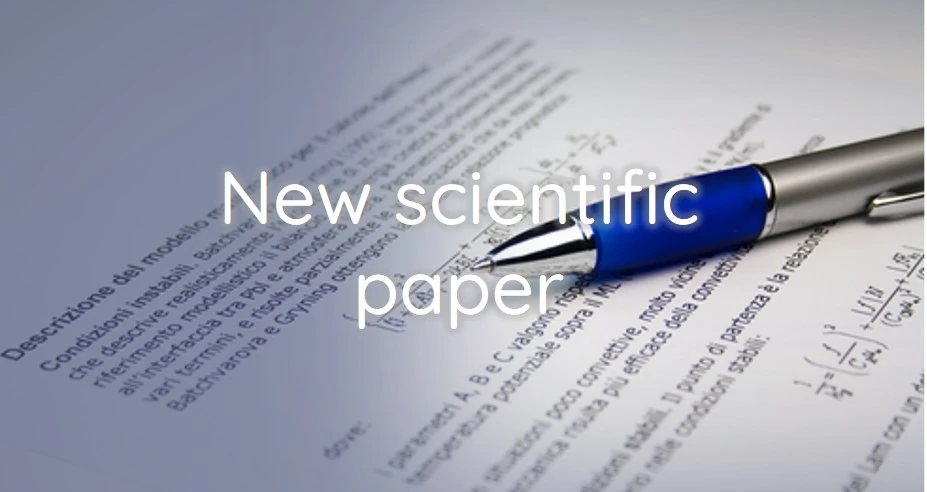
Quantify adjacency effect
The adjacency effect is the contribution of neighbouring pixels to the radiance of a pixel. If it is neglected in the interpretation of remote sensing images, significant errors can arise. A study, led by CESBIO with contribution of HYGEOS experts, shows that 3D radiative transfer (RT) modelling can quantify this phenomenon.
The paper Wang et al., 2024 presents a new 3D Monte Carlo surface-atmosphere RT modelling in the DART RT model, and a resulting virtual 3D Earth-Atmosphere laboratory for accurate simulation of atmospheric RT, including the adjacency effect. It was first validated with the atmosphere model SMART-G, developed by HYGEOS, for 2D scenes. Then, the adjacency effect on the TOA radiance and TOA albedo of a 3D scene was studied for a circular city surrounded by a forest for four Sentinel-2A bands. The adjacency effect of the city neighbourhood 3D structure was studied by replacing it by a Lambertian surface with its albedo. This new modelling greatly improves DART potential for accurate simulation of atmospheric effects. It is in the DART version freely available for research and education.
Wang, Y., N. Lauret, O. Regaieg, X. Yang, J. Guilleux, E. Chavanon, A. Kallel, M. Moulana, J. Colin, O. Hagolle, D. Ramon and J.-P. Gastellu-Etchegorry, 3D Monte Carlo surface-atmosphere radiative transfer modelling with DART, Remote Sensing of Environment, Vol. 301, 1st February 2024. https://doi.org/10.1016/j.rse.2023.113946

